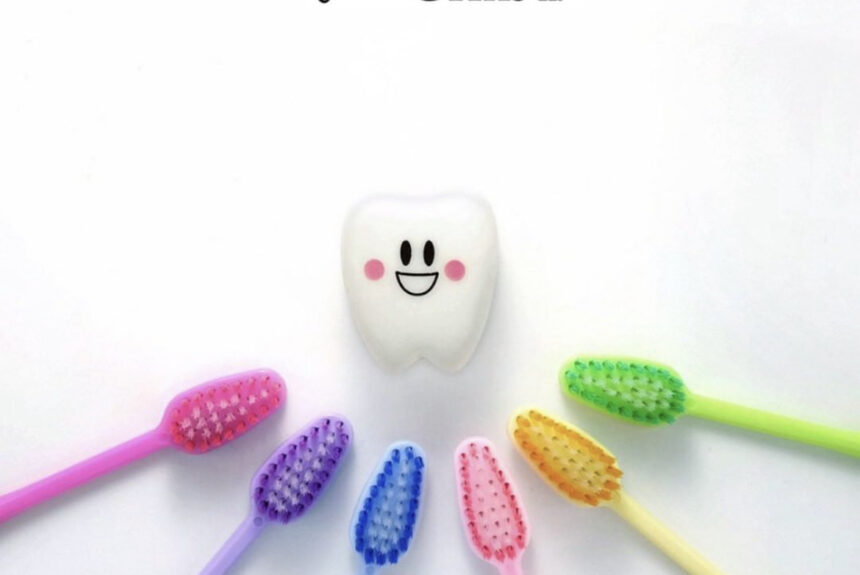When it comes to oral hygiene, there are many options available in the market. You can choose between electric or manual toothbrushes, and between different types of floss. But which one is better for your teeth and gums? In this blog post, we will compare the pros and cons of electric and traditional toothbrushes and floss, and help you decide which one suits your needs.
Electric toothbrushes are powered by batteries or chargers, and they have rotating or vibrating heads that can clean your teeth more effectively than manual ones. They can also help you brush for the recommended two minutes, as some models have timers or sensors that tell you when to switch sides or stop. Electric toothbrushes are especially beneficial for people who have limited mobility, arthritis, braces, or implants, as they can reduce the effort and discomfort of brushing.
However, electric toothbrushes are also more expensive than manual ones, and they require regular maintenance and replacement of the heads. They can also be noisy and bulky, and they may not be compatible with all types of toothpaste. Some people may also find them too harsh or irritating for their gums or enamel.
Manual toothbrushes are the most common and affordable option for oral hygiene. They come in various shapes, sizes, colors, and bristle types, so you can choose the one that fits your mouth and preferences. Manual toothbrushes are also easy to use and carry around, and they do not need batteries or chargers. They can also be more gentle on your gums and teeth than electric ones, if you use the right technique and pressure.
However, manual toothbrushes also have some drawbacks. They can be less effective at removing plaque and bacteria than electric ones, especially in hard-to-reach areas. They can also cause more damage to your gums and enamel if you brush too hard or use a worn-out brush. They also do not have timers or sensors to guide you on how long or how well you should brush.
Flossing is an essential part of oral hygiene, as it can remove food particles and plaque from between your teeth and under your gum line. There are two main types of floss: traditional string floss and electric water floss. Both have their advantages and disadvantages.
Traditional string floss is a thin thread that you wrap around your fingers and slide between your teeth. It is cheap, easy to find, and effective at cleaning your teeth. It can also help you control the pressure and angle of flossing.
However, traditional string floss can also be difficult to use for some people, especially those who have braces, bridges, crowns, or implants. It can also cause bleeding or irritation if you floss too hard or too often. It can also be messy and wasteful, as you need to use a new piece of floss every time.
Electric water floss is a device that uses a jet of water to clean your teeth. It is more comfortable and convenient than string floss, as it does not require wrapping or sliding anything between your teeth. It can also reach deeper into your gum line and remove more plaque and bacteria than string freach.
However, electric water floss is also more expensive than string floss, and it requires electricity or batteries to operate. It can also be noisy and messy, as it can splash water around your sink or bathroom. It can also be less precise than string floss, as it does not allow you to adjust the pressure or angle of the water jet.
In conclusion, both electric and traditional toothbrushes and floss have their pros and cons. The best option for you depends on your budget, preferences, dental health, and personal habits. You should consult your dentist for advice on which type of toothbrush and floss is best for you.


Leave a Reply